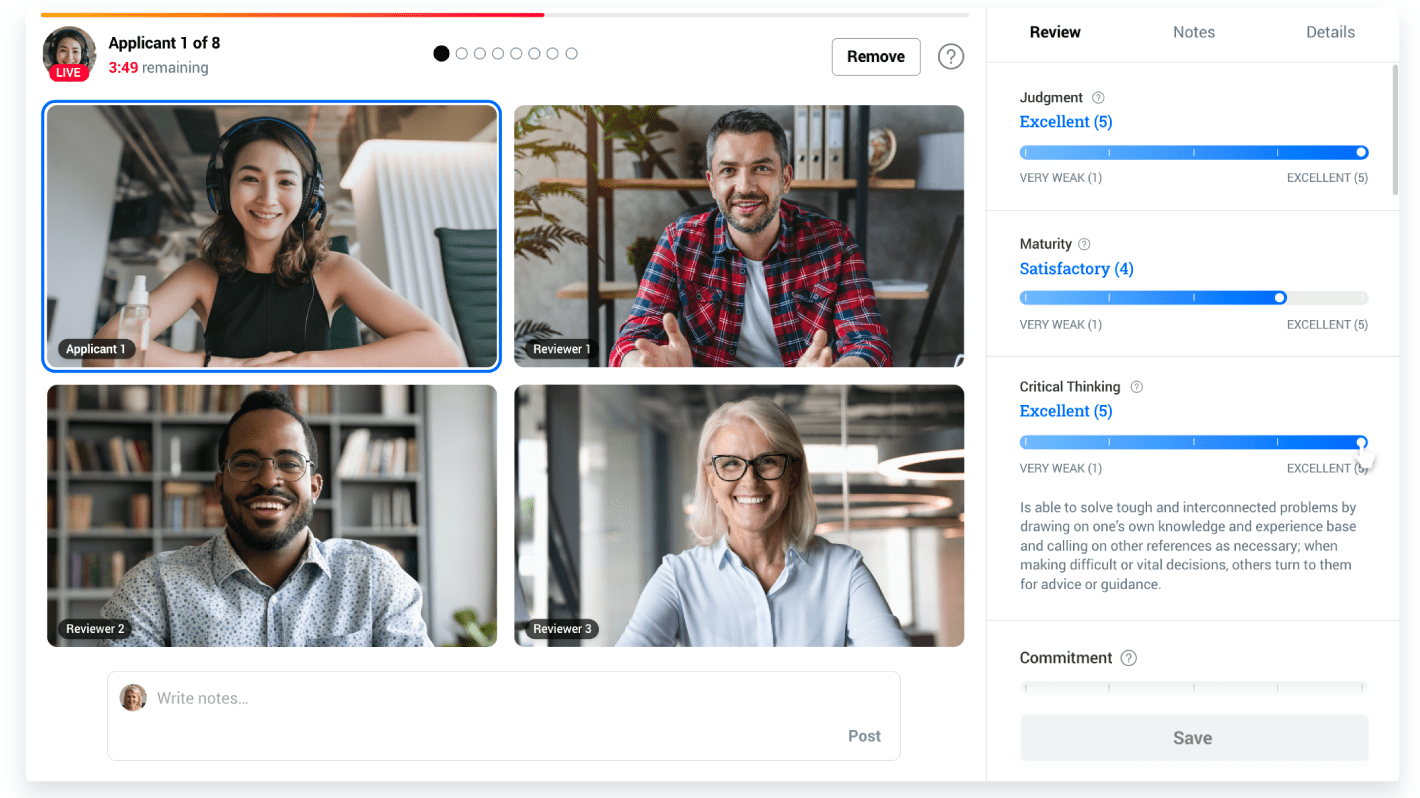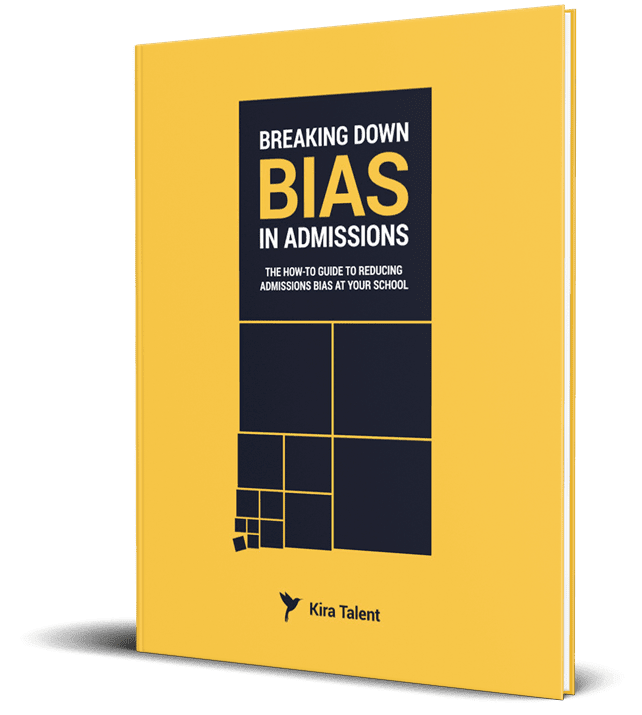Part II: How Machine Learning Can Transform Higher Education. This is the second in a three-part series from Kira on machine learning and looking ahead at its role in higher education enrollment. Read Part I here.
With machine learning, higher education and ed tech companies have an incredible opportunity to work together to improve the way students explore, enroll, and move through higher education.
In my last article, I wrote about machine learning; what it means, and why we should embrace it (or at least how we’ve already been embracing it without necessarily knowing, and should continue to do so).
There are many ways, of course, that machine learning is helping our day to day life go from good to great.
But when you really think about how transformative machine learning can be, I believe the most noticeable improvements will happen in industries that are inherently difficult to disrupt like education, healthcare, and government to name a few.
Why? These are the foundational building blocks of our society and even the smallest amount of innovation produces results in an order of magnitude more impactful than other industries.
What does higher education look like today?
Well for anyone who has gone to college in the last decade or two, it starts like this:
- You attend a college fair, a campus visit, or conduct research online.
- You are directed to some sort of common application for a number of programs that you may or may not know anything about.
- You fill out various forms (sometimes repeatedly) with standardized information about yourself that you then send off to multiple schools.
- At some point in time, you either a) hear back that you’ve made it forward to an interview or need to fill out more information or b) you just open your inbox or mailbox to find an offer of acceptance.
- You accept the offer, receive a bunch of documents, get your textbooks, go to a few socials, show up on campus and sit in class with 200-400 others in a fixed course schedule, ready for what the next few years will bring you.
- This culminates in “graduation” where you inevitably repeat the painful search process again, this time with infinitely more options and infinitely less information about what you should be doing with your life and where you should be doing it.
Not so bad, right?
Well, we think it actually could be so much better.
Despite the relatively small enhancements schools and new technologies have made to bring this whole process “online" from the days of paper applications and non-digital textbooks, nothing has really changed. This process has not become any smarter.
Aside from the two percent of people who have known their career paths with complete certainty since age five, the rest of us may find those early adult years somewhat painful in trying to navigate the complex “modern” education system.
Here’s how machine learning could disrupt this experience for applicants
Imagine a world whereas a student stepping on to campus for your first day of class, things look a little different.
- You already know this is the right program for you. Your skills (both technical to soft) have been thoroughly assessed in advance giving you a curated list of the ideal programs for both your existing skills and the ones needed for your desired career path.
- You show up on campus already knowing your classmates through a series of digital interactions as well as their strengths and weaknesses and their aspirations, knowing where you fit in the balanced classroom.
- Despite what program you picked, you receive a personalized curriculum of courses that will continue to adapt over the next four years based on your learnings, progress, interests, and change in skills required for your career path.
- Over the course of your personalized learning journey, you receive annual evaluations on the evolution of your skills, not just from one professor but from your collective projects, exams, courses, and group work among all courses.
- Finally, as you approach graduation and begin your job search, you realize it's actually not a “search” at all. Based on your continued evaluation and feedback, a list of employers with open positions to match your skill sets and career ambitions is brought directly to you. But who says it's just about working for someone? Maybe your path will be a little more unconventional, think entrepreneur, novelist, or farmer. So on top of just seeing the available “jobs” you are also presented with a list of others who made similar choices, shared similar interests, or excelled in similar ways as you upon graduation from your institution and where they ended up one, three, and five years down the line.
Wow.
The effects of this type of "new world" education system are that the whole process, from the time you are 18 and have no idea what you want to do in life to the time you are 30 and finally comfortable in a career path is condensed from 12 years to roughly half of that.
Imagine avoiding the painful years of your 20s desperately trying to find your place, who you are, and what you should be doing.
With that, it’s really important to note: As we move through a process of designing and building a more intelligent education process, we need to always remember that admissions is both a science and an art; and, it’s inherently human.
The importance of the human touch in the process
In his talk at the ASU-GSV summit this week, Joseph Aoun, President of Northeastern University and author of Robot-Proof: Higher Education in the Age of Artificial Intelligence, reiterated that a focus on the humanities, a creative mindset, and empathy will equip the next generation in the AI revolution
Human touch is going to remain the most valuable aspect of any role that involves interacting with other humans. In an industry like education, we can focus our efforts on ensuring more time for meaningful human interactions every step of the way.
Building algorithms to help inform admissions decisions must be done extremely thoughtfully and with the utmost care. At Kira, we care deeply about helping schools mitigate subconscious reviewer biases in the admissions process.
So, when it comes to developing algorithms, the same level of commitment to leveling the playing field is needed in the engineers, data scientists, and strategists that build these systems.
RELATED: Technology is Biased Too. How Do We Fix it?
The next decade will be defined by the progress of machine learning in our society: It is inevitable and it is already happening.
So, how will you start preparing to embrace machine learning at your institution?
In Part III, you’ll hear directly from our product expert at Kira about what steps your school can take now to begin preparing for the ML revolution.



